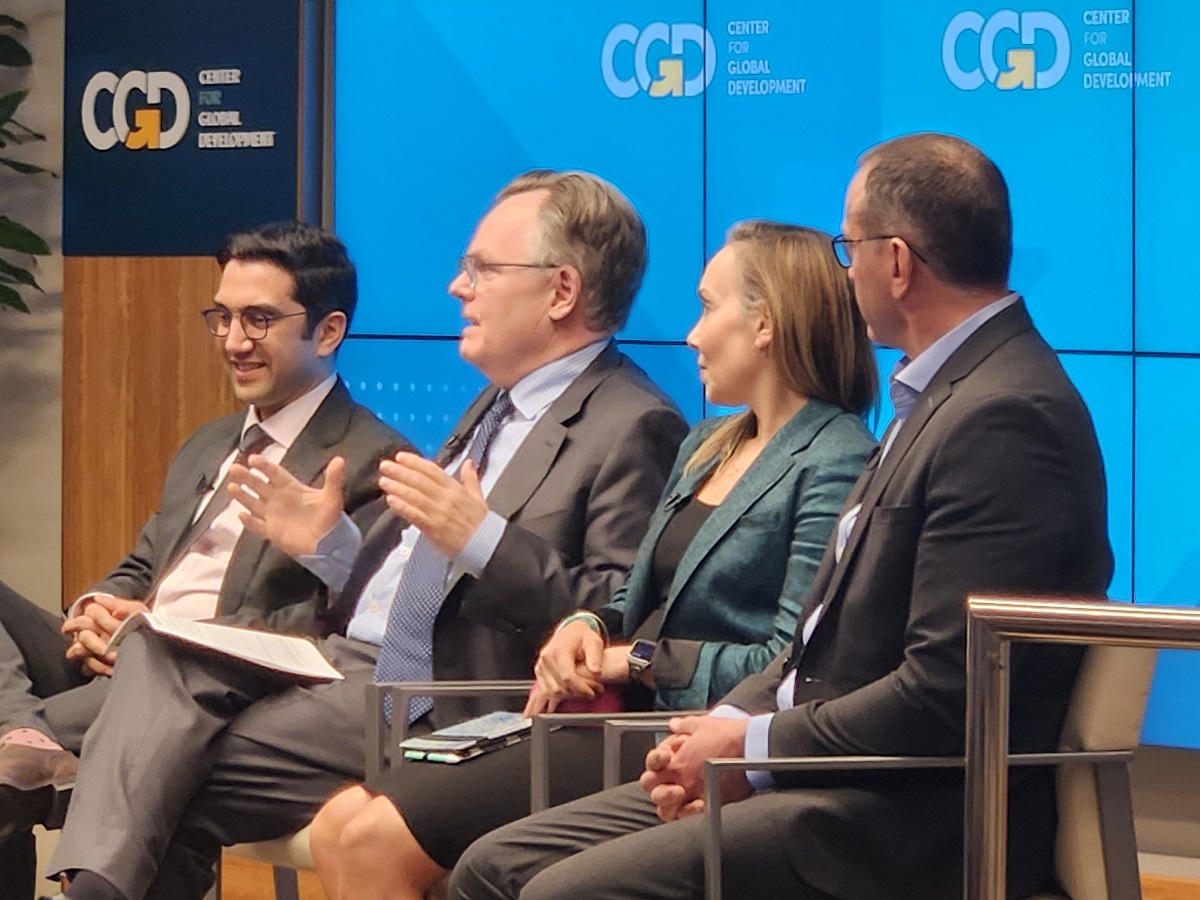That was how Ros Harvey described the aim of the Better Work program that she directs at a conference last Thursday celebrating the 10th anniversary of the Better Factories Cambodia project, out of which Better Work grew. Better Work is a partnership between the International Labor Organization (ILO) and the International Finance Corporation (IFC) to promote better working conditions and improved competitiveness through factory monitoring and capacity-building in developing countries. The current focus of the program is the apparel industry, but there are plans to expand into electronics and other sectors and, if feasible, agriculture. And, in addition to Cambodia, there are programs in Jordan and Haiti and another is about to be launched in Vietnam.The title of the conference was “harnessing global incentives for development,” which is very much in the spirit of the book on globalization and labor standards that I co-authored with Richard Freeman several years ago. We argued that, contrary to being in conflict, increasing trade and rising labor standards could create positive synergies if consumer preferences for items produced under good working conditions could be tapped. The key, we argued, lay in providing information about working conditions to consumers that they could use in making purchasing decisions. Better Work is one mechanism for doing that.But is the program working? That was the topic at a fascinating seminar I hosted at the Center on Wednesday. The folks at the Better Work program recognize the importance of impact assessments, something the Center has long emphasized in its work on aid effectiveness. The first part of the seminar featured two of the leading researchers from a multi-disciplinary team evaluating the Better Work program, Drusilla Brown of Tufts University and Raymond Robertson of Macalester College. Brown discussed plans for a controlled experiment around the launch of the Vietnam project, while Robertson presented preliminary results from an analysis of nine years of monitoring data from the Better Factories Cambodia project. Using the economic crisis as a natural experiment, the latter analysis suggests that firms with better working conditions in key areas have been more likely to survive.Amy Luinstra described how the Better Work program collects and uses the compliance indicators from the factory monitoring, and there were presentations from the International Labor Affairs Bureau of the Department of Labor on the information they need to enforce the labor provisions of free trade agreements and preference programs. They discussed plans for refining and operationalizing the indicators that I helped to develop as part of a National Academies panel on monitoring international labor standards in the early 2000s.Finally, in what turned out to be a busy week of events on globalization and labor issues, I attended the first meeting of a newly-created USDA Consultative Group that is tasked with advising the Secretary on how supply chain monitoring can reduce forced and child labor in US agricultural imports. Our group is to submit a report on best practices in monitoring, verification, and certification of social standards next June.All of these initiatives aim to improve the information available to consumers who want to use their purchasing power to improve working conditions in poor countries. Such innovations in what Richard and I called the “market for information” are only one tool, but an important one, for ensuring that globalization delivers pro-poor development.
CGD blog posts reflect the views of the authors, drawing on prior research and experience in their areas of expertise.
CGD is a nonpartisan, independent organization and does not take institutional positions.





